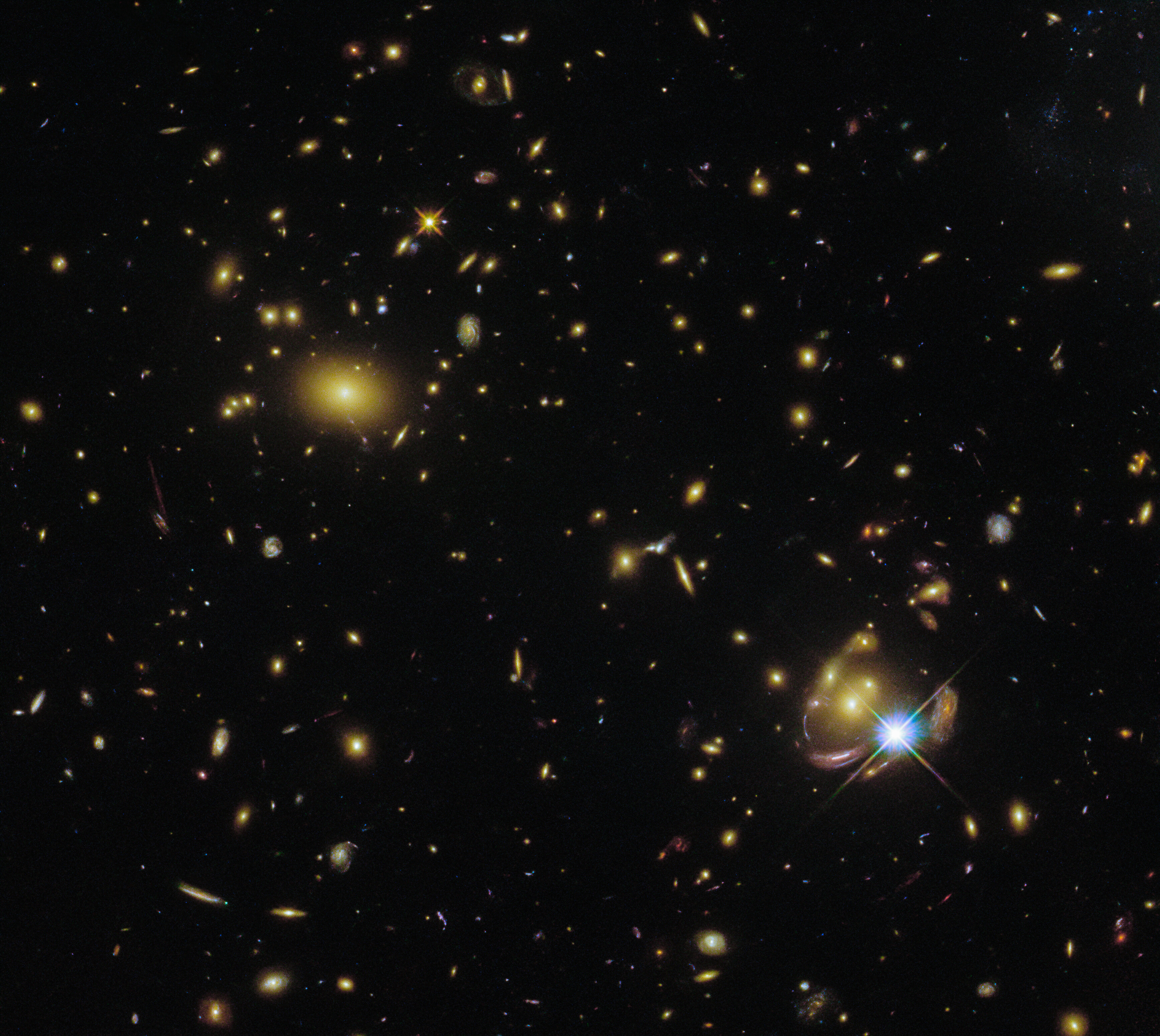On the Images used in the OP Elevator Pitch
I built the elevator pitch for the release of OP 0.5 in a semi-fugue, and once I settled on only using Wikimedia, things moved pretty fast. Each image I used struck me as something remarkable at the time. It wasn’t until going back through to do proper attributions that I realized how interesting each one of them is.
This year’s been a very unusual one for my creative practice. I’ve never written more, or more-complex code as I have this year for Octothorpes, and it pushed some things into a new territory. I’m used to the computer stealing time from the studio, and I’ve got my ways of stealing back some of the spoils. Even including code in the category of “my creative practice” feels very alien.
But I got so deep into things this year I really felt some familiar mental tooling come into play in ways I haven’t really used in code-code before. This list of photos is maybe the clearest, and possibly my favorite, example. When I compiled the attributions, I was like, oh right, this is what I have done a billion times in the studio. Dig through images until a web of loose but compelling connections develops, turn them around in your mind to see where the light shines through their history and up through the surface, and find a way to hang them all together visually. I’ve very rarely found a way to connect that process to something that happens in code. So it was cool to feel that show up here.
Image attributions and notes for the Octothorpe Protocol Elevator Pitch page.
All background photos are from from Wikimedia commons, dithered using HyperDither.
I originally wanted to only use the Atkinson 1-bit dither, but the darker space photos required more nuance, and use a custom 4-color configuration.
Slide 1 One Galaxy, Three Times. Public Domain, NASA.

This star- and galaxy-studded image was captured by Hubble’s Wide Field Camera 3 (WFC3), using data that were collected for scientific purposes. The object of interest was a galaxy that is visible in the bottom right corner of the image, named SGAS 0033+02. What makes this particular galaxy interesting is a little unusual — it appears not just once in this image, but three times. The thrice-visible galaxy is a little difficult to spot: it appears once as a curved arc and twice more as small round dots around the star. SGAS 0033+02’s multiple appearances in the same image are not the result of an error, but instead are due to a remarkable phenomenon known as gravitational lensing.
Slide 2 Remove Debris Deployment. Public Domain, NASA.

RemoveDEBRIS was a satellite research project intending to demonstrate various space debris removal technologies.Rather than engaging in active debris removal (ADR) of real space debris, the RemoveDEBRIS mission plan was to test the efficacy of several ADR technologies on mock targets in low Earth orbit. In order to complete its planned experiments the platform was equipped with a net, a harpoon, a laser ranging instrument, a dragsail, and two CubeSats.
Slide 3 Libra Pondo Abbreviation, Isaac Newton.

Public Domain, Isaac Newton via Roy G. Neville Historical Chemical Library, CHF
A stylized version of the abbreviation lb, which was short for the word “libra” in the Roman weight libra pondo. The origins of the octothorpe, or number sign or pound sign or hash.
Slide 4 – Selections from Galaxies Gone Wild!. Public Domain, NASA

Astronomy textbooks typically present galaxies as staid, solitary, and majestic island worlds of glittering stars.
But galaxies have a wild side. They have flirtatious close encounters that sometimes end in grand mergers and overflowing “maternity wards” of new star birth as the colliding galaxies morph into wondrous new shapes.
| Slide 5 – Wikidata representation of the academic tree around Gottfried Wilhelm Leibniz as of 2023-09-19. Public Domain, Daniel Mietchen |

Wikidata representation of the academic tree around Gottfried Wilhelm Leibniz as of 2023-09-19, per this query to the Wikidata Query Service, taken from his Scholia profile.
Slide 6 – Spider web in Aitkin County, Minnesota. CC 2.0, Lorie Shaull.

Slide 7 – Original Hypercard page template by Susan Kare, accessed via the Figma Community Hypercard Library.
Slide 8 – Teleprinter from Simonpaino printing house. CC BY 4.0, Erkki Voutilainen

I haven’t been able to find much information about this particular photo or teleprinter, but this choice was inspired by the AP photo at the top of the Atlantic’s archive page for Vannevar Bush’s seminal essay, As We May Think. OP, like so many things, has been directly inspired by this original vision for a digitally-assisted curiosity, research, and learning. Specifically, the concept of creating and saving research paths stuck out to me as a modern reader as a perfectly logical, useful extension of the rest of the digital media technology described here in 1950 and later integrated with much of our lives. This feature, however, seems to have been left out. Or, rather, the digital trails left by our curiosity are meticulously documented and saved, but by platforms and advertisers, and not as often by the us, the users. OP is very consciously an attempt to provide a way to create and own our own “trails of facts.”
Slide 9 – Reverse image of Galaxies Gone Wild
Slide 10, left – Lego special block airplain. Public domain.

Description: “I shot a Lago block”
Slide 10, right – Erector Set Model of Airplane Given to Charles Lindbergh No known copyright, Missouri Historical Society.

Small model biplane made from pieces of an erector set. Given to Charles Lindbergh by an anonymous donor in 1933.